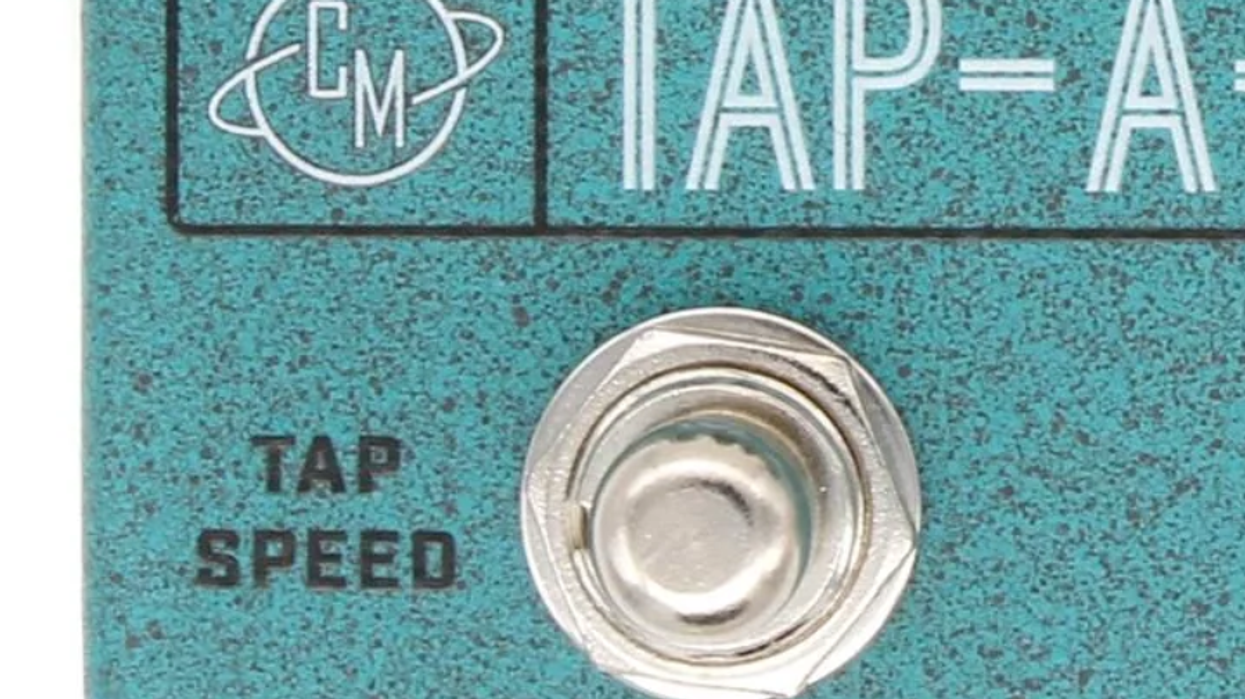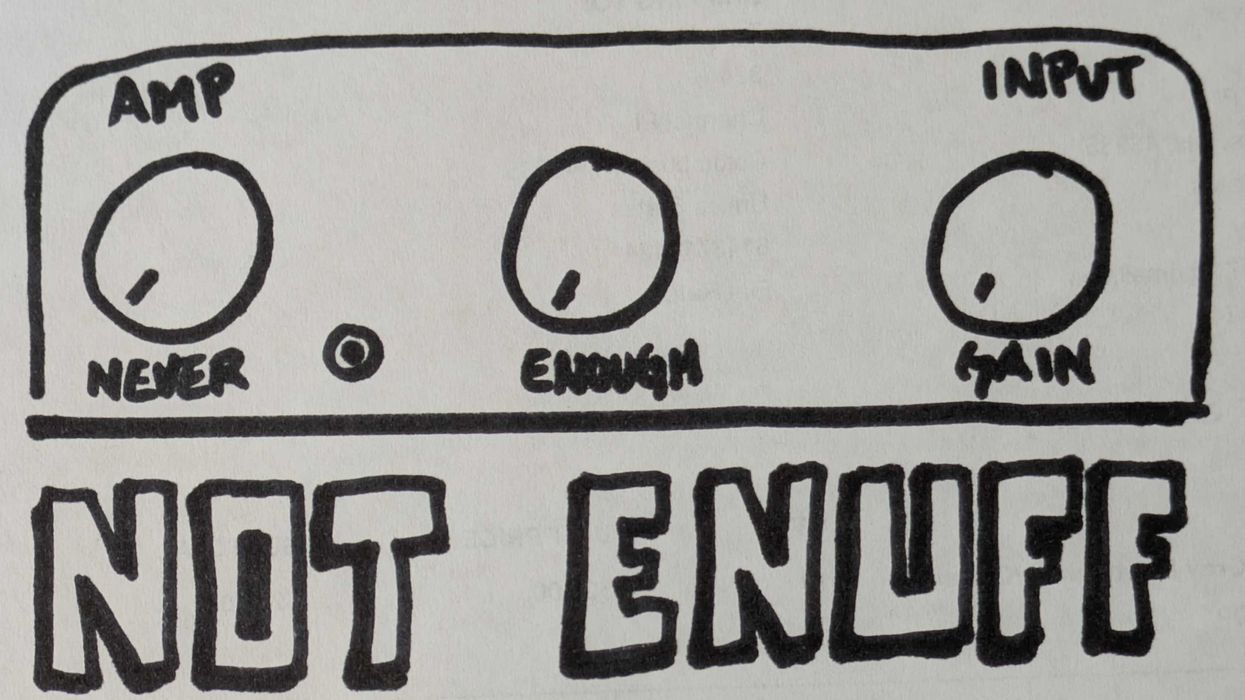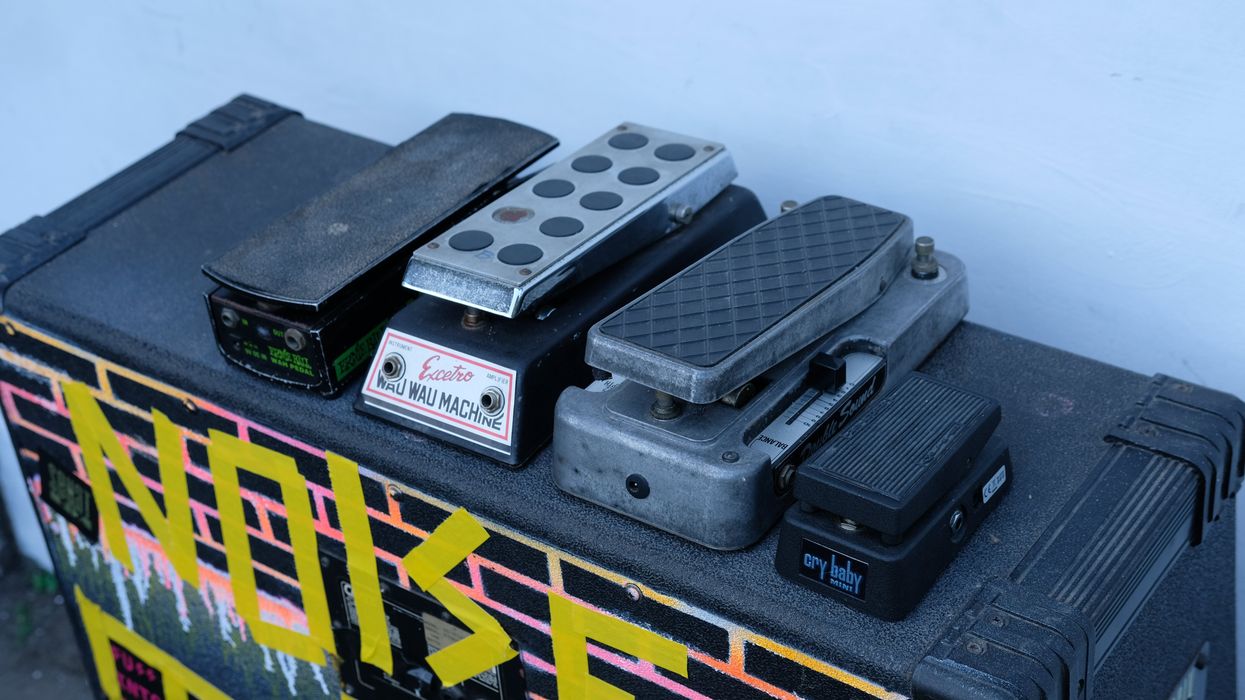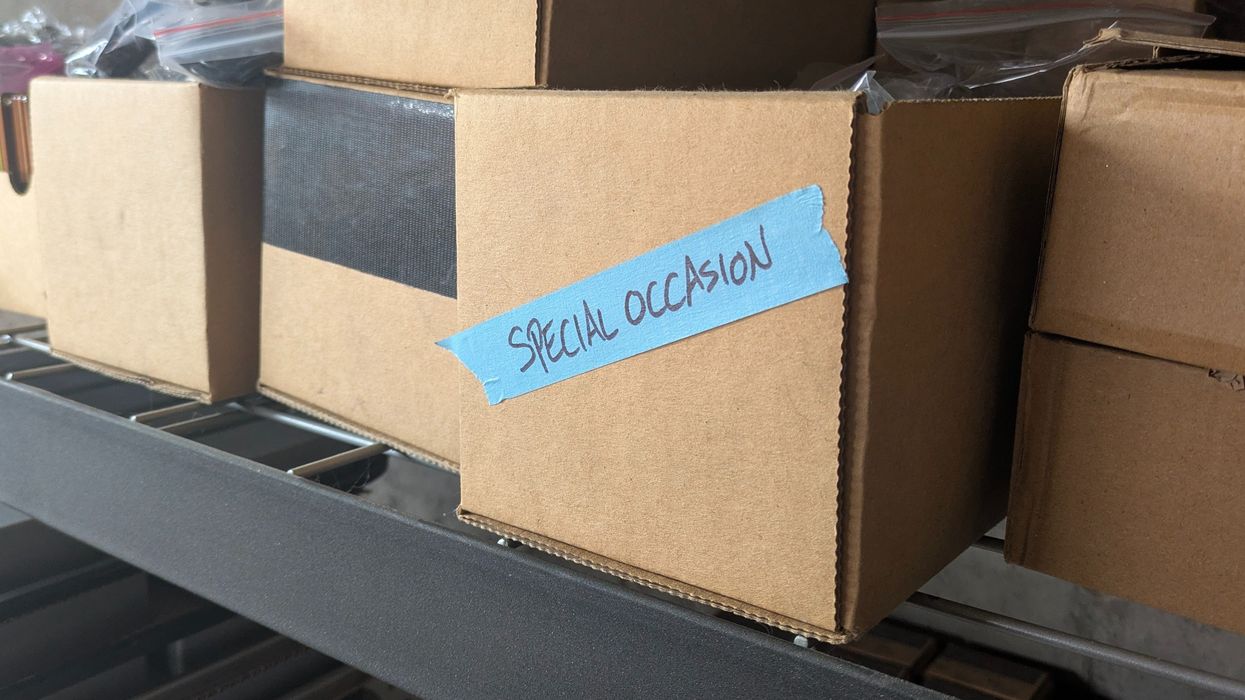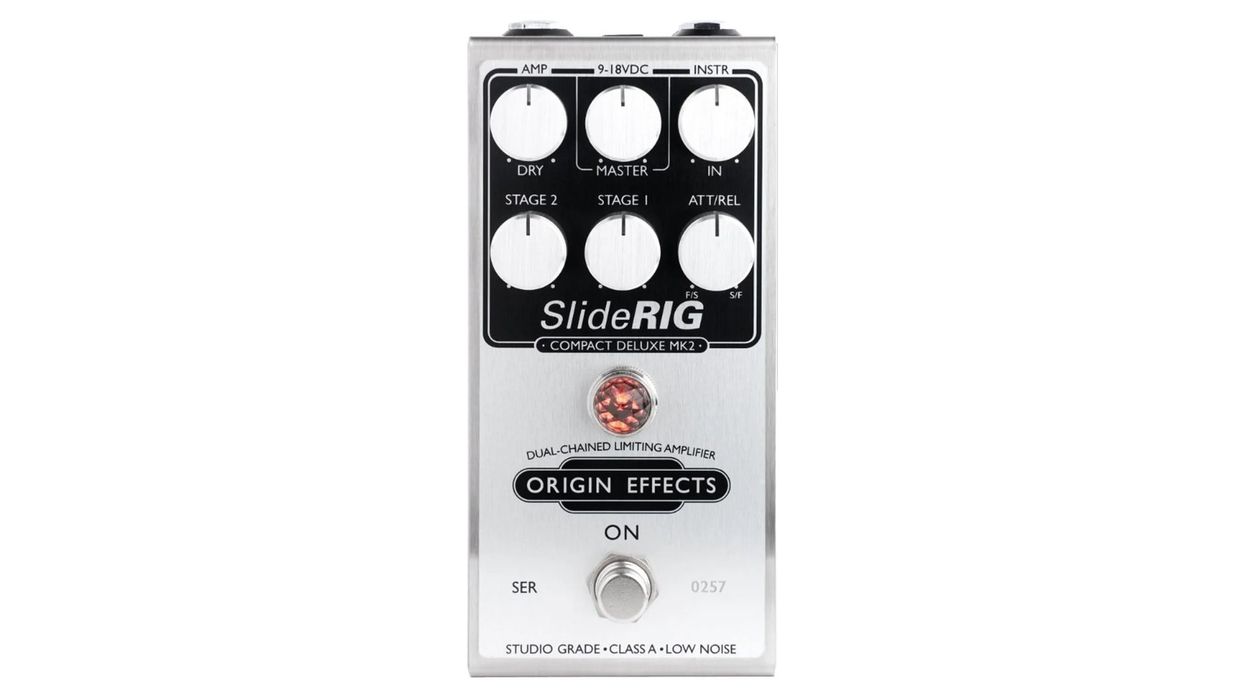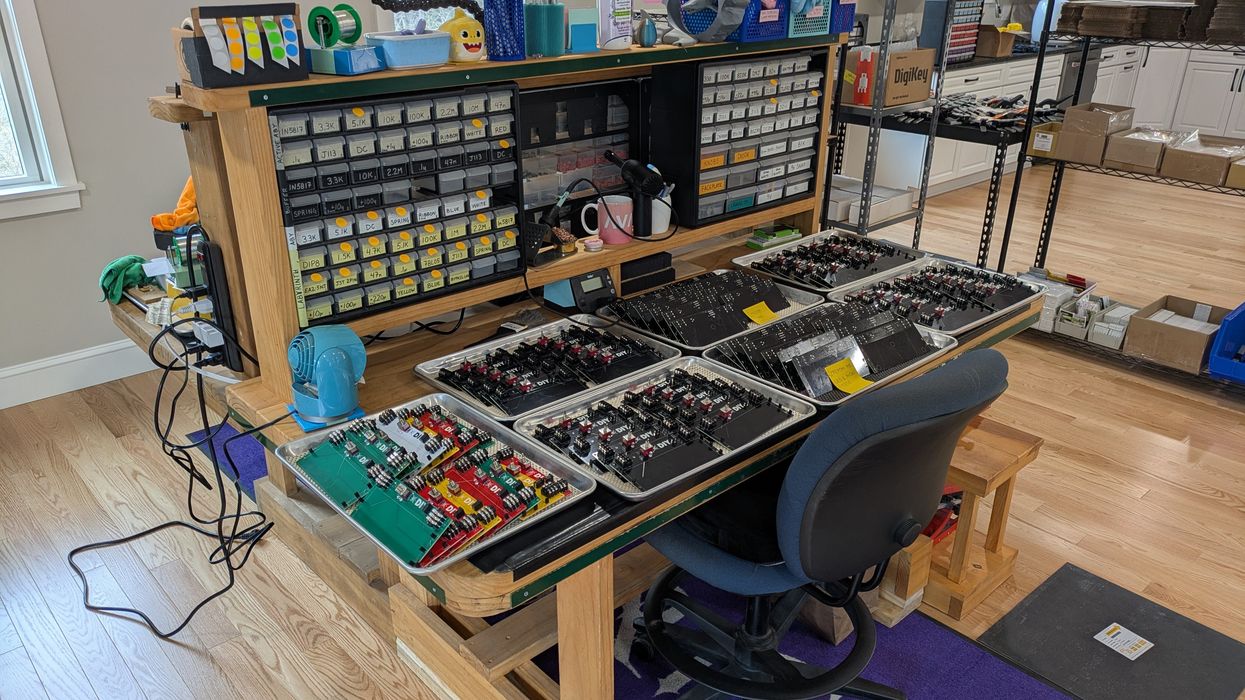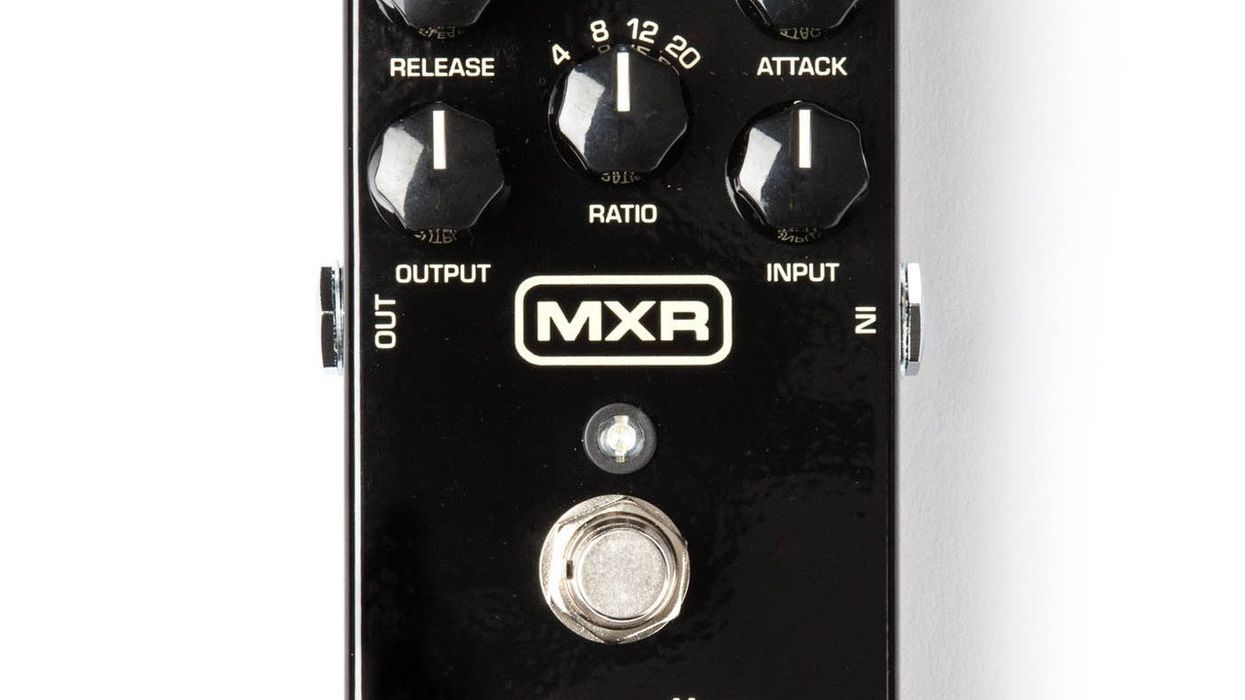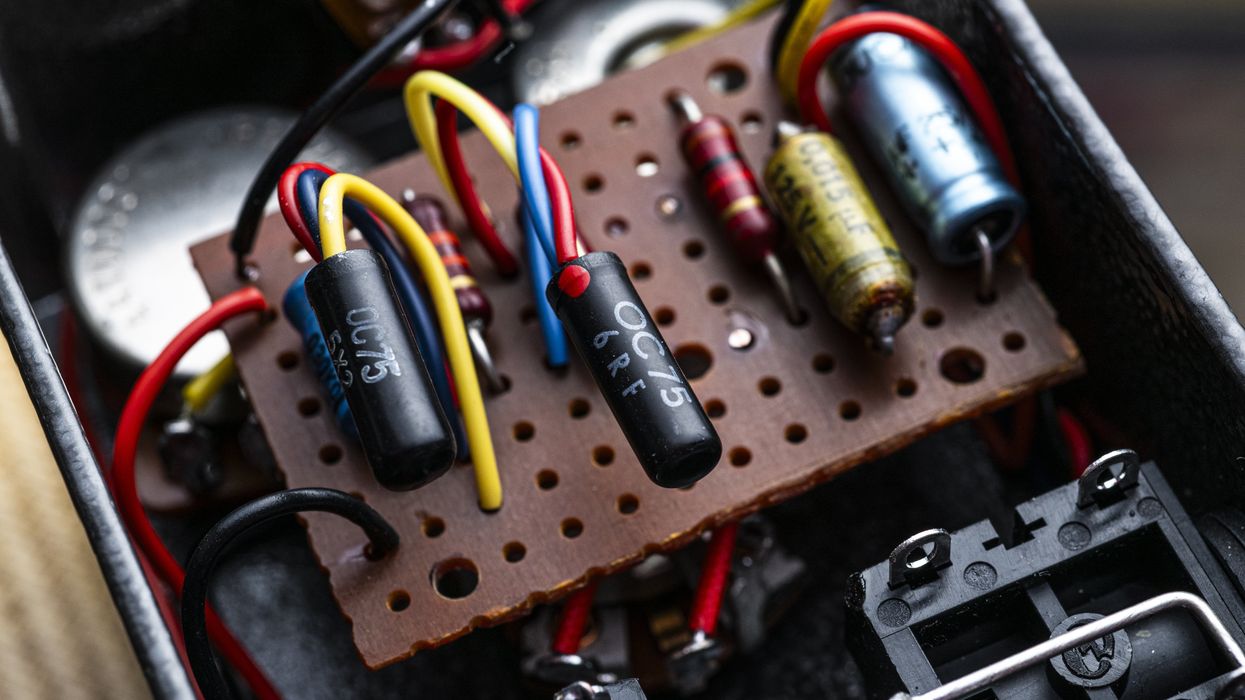The ability to tap in a tempo on pedals is a fairly new concept, especially compared to the amount of time that stompboxes have existed in our world. I would venture to guess that this is due in part to the availability of, and need for, digital ICs. Then, being able to code them and apply them to effects circuits appropriately.
Piece of cake! … If you’re good at baking cake. This process isn’t exactly easy to implement, but these days, I feel like some players are almost expecting this modern commodity—to the point where a great delay pedal might be overlooked due to not having tap tempo.
Setting aside the history and design applications, I’ve been pondering if tap tempo even makes sense or is achievable in a band context. For this thought experiment, I’d like to run through a few scenarios, while also shedding light on a few software/hardware aspects for you to consider. To put it plainly, “Why would you need tap tempo on a pedal?” The most compelling argument I’ve thought of is the “band” aspect: being part of a band where the rhythm section has laid down the tempo and you’d like to add delay to the song. Now, if you set the knobs on your delay pedal and started playing to that tempo, your bandmates could join along with your delay line acting as the group’s metronome. However, in this scenario, you didn’t start the tempo. That’s no problem! You’ve got a footswitch on your delay that allows you to tap your foot to the beat of the drummer and you’ll be all set! But will you?
Let’s assume, for argument’s sake, that the drummer is playing to a click track at 120 bpm. Your foot starts tapping along and you press that magical tap footswitch on your favorite delay three to six times. Boom! Now you’ve set the delay line to 120 bpm. But what are the chances that you tapped 120 exactly? Is it likely that you tapped in 122 bpm? Or 121.3 bpm? Absolutely. This discrepancy may not be very noticeable for a couple bars, but every subsequent bar you play will start to become more noticeable. So what do you do? You can keep tapping in the tempo to the best of your ability every few bars. Seems cumbersome given that you still have to play the guitar parts and focus on other things that are inherently involved in a band setting.
Pulling the curtain back for a second here, let’s call the part of the pedal that handles the tap tempo “the brain.” The brain of the delay sees you pressing the tap footswitch multiple times and processes this in a couple ways (that I’m aware of). One, it measures the distance between all the consecutive taps and spits out an average. Two, it takes the last two distances in the string of taps and makes that the bpm. That’s not even going into whether the brain is floating point (121.3 bpm) or fixed point (121.32 bpm).
“You’ve got a footswitch on your delay that allows you to tap your foot to the beat of the drummer and you’ll be all set! But will you?”
Your drummer is still waiting for you to get the tempo dialed in. So what can you try next? Well, if your delay pedal has an insert jack for tap tempo, we can try to connect something like the Disaster Area SMARTClock. The tap footswitch on it won’t help here. It’ll be the same as the bpm discrepancy we discussed previously. However, there’s an encoder knob that allows you to scroll through the output tempo in bpm or millisecond increments. Yes! Not all is lost! You just have to make sure to sync it up exactly on the downbeat of the tempo—crap!
Another more intricate and exact option would be to have the drummer’s click track send a MIDI signal to your SMARTClock that then connects to your delay. At this point, I’d change my question to, “Is this level of tap tempo necessary?” Perhaps if you’re the Edge and/or the song is predicated on the delay.
If you’re adding a lead part to a song and the delay isn’t exactly “on” with the bpm, I would argue that it can stand out better, be more easily heard, and be more interesting. I would also argue that an amplitude-style tremolo makes more sense to require exact bpm. I’m thinking about the Smiths’ “How Soon is Now?”
Tap-tempo options on modulation have been fun and we’re seeing more of it nowadays, but we’ve been playing and listening to the Phase 90 for decades without needing tap. Ultimately, if having certain options inspires you and brings you joy, go for it! Enjoy! But I’d ask you, “Did you actually tap in the correct bpm?” and “Did it matter?”

